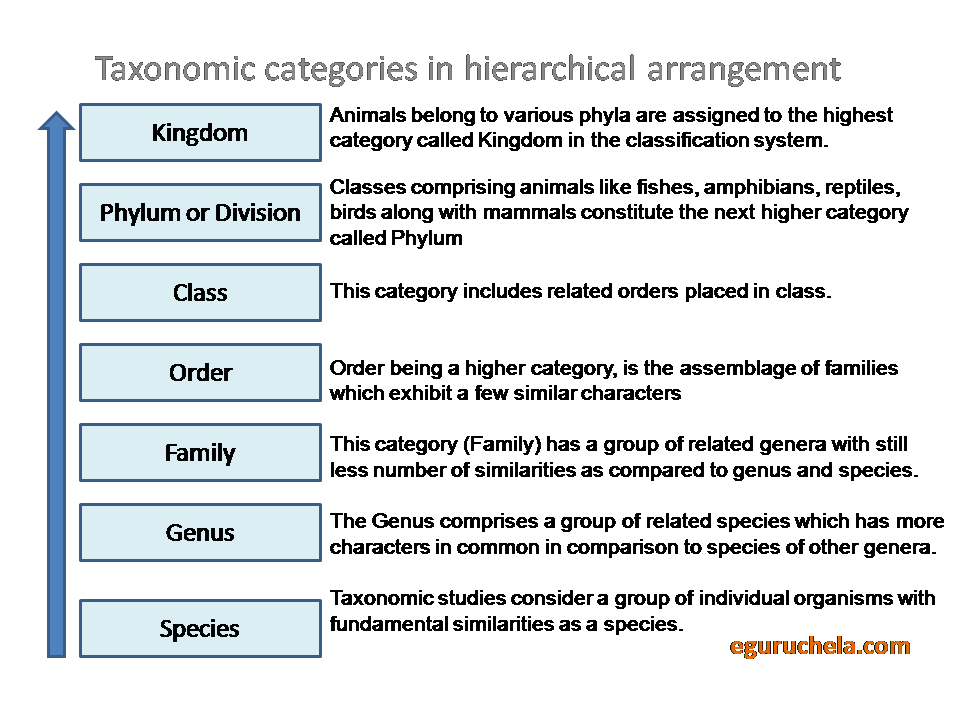The Living world
All the living organisms grow means Increase in mass and increase in number of individuals are two characteristics of growth.
In plants, this growth by cell division occurs continuously throughout their life span and in animals; this growth is seen only up to a certain age.
However the cell division occurs in certain tissues to replace lost cells. The Unicellular organisms grow by cell division.
One can easily observe this in the vitro cultures by simply counting number of cells with microscope.
In majority of higher animals and plants, growth and reproduction are mutually exclusive events. The Non-living objects also grow if we take increase in body mass as a criterion for growth. Mountains, boulders and sand mounds do grow.
But this kind of growth exhibited by non-living objects is by accumulation of material on the surface where as in living organisms the growth is from inside. Growth, therefore, cannot be taken as a defining property of living organisms.
Reproduction is a characteristic of living organisms. In multicellular organisms, reproduction refers to the production of progeny possessing features more or less similar to those of parents.
Invariably and implicitly we refer to sexual reproduction. Fungi multiply and spread easily due to the millions of asexual spores they produce. In lower organisms like yeast and hydra, we observe budding
All plants, animals, fungi and microbes exhibit metabolism. The sum total of all the chemical reactions occurring in our body is metabolism. Non-living object does not exhibits metabolism. Metabolic reactions can be demonstrated outside the body in cell-free systems.
The known species are described in range between 1.7-1.8 million. This refers to biodiversity or the number and types of organisms present on earth. We should remember here that as we explore new areas, and even old ones, new organisms are continuously being identified.
Animal taxonomists have evolved International Code of Zoological Nomenclature (ICZN). The scientific names ensure that each organism has only one name. Description of any organism should enable the people (in any part of the world) to arrive at the same name.
They also ensure that such a name has not been used for any other known organism. Biologists follow universally accepted principles to provide scientific names to known organisms. Each name has two components – the Generic name and the specific epithet.
This system of providing a name with two components is called Binomial nomenclature. This naming system given by Carolus Linnaeus is being practised by biologists all over the world.
Since it is nearly impossible to study all the living organisms, it is necessary to devise some means to make this possible. This process is called classification.
Classification is the process by which anything is grouped into convenient categories based on some easily observable characters. For example, we can easily recognise the groups such as plants or animals or dogs, cats or insects.

